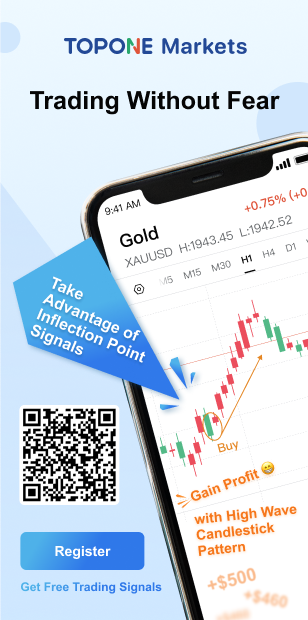EUR/USD
1.16397
0.408%
Gold
4207.18
0.278%
Oil
58.790
0.564%
USD/JPY
154.290
-0.335%
GBP/USD
1.31952
0.474%
GBP/JPY
203.594
0.150%
Verizon (VZ.N) will cut approximately 15,000 jobs.American Airlines: Air traffic controllers have begun to stabilize.U.S. stocks continued their decline, with the S&P 500 down 1%, the Dow Jones down 0.6%, and the Nasdaq down 1.7%.Federal Reserves Kashkari: 3% inflation is still too high. The economy is sending mixed signals.Tesla (TSLA.O) shares fell as much as 5% after recalling approximately 10,500 Powerwall 2 AC battery storage systems.











